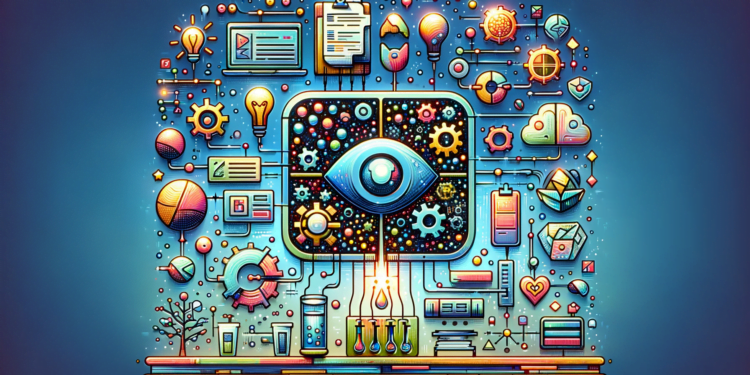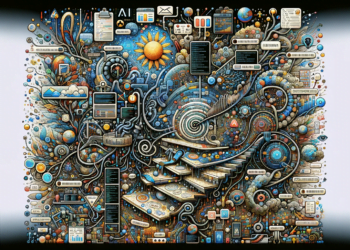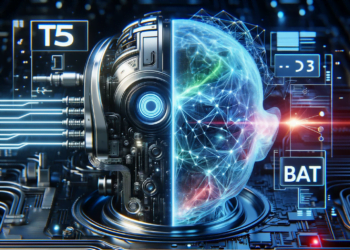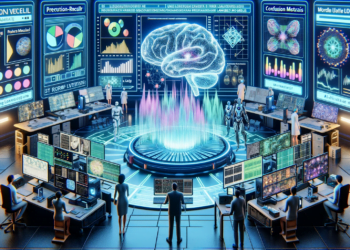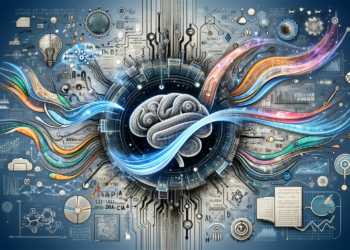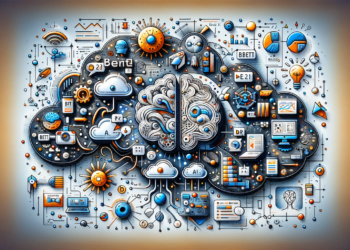Language models based on transformers have revolutionized the field of artificial intelligence (AI), emerging as the dominant paradigm for natural language processing (NLP) tasks. Since their inception in the seminal paper “Attention Is All You Need” by Vaswani et al. (2017), transformers have laid the groundwork for state-of-the-art language models such as BERT and GPT-3.
Technical Foundations of Transformers
Transformers are distinguished by their attention mechanism, which calculates the relative influence of all words in a sequence to generate a contextual representation. Unlike predecessor models based on RNNs or CNNs, transformers operate through non-recurrent attention layers, which allows them to parallelize training and scale more efficiently.
Multi-Head Attention Mechanism
The central element of a transformer is multi-head attention, comprised of multiple attention heads that allow the model to focus simultaneously on different segments of information. This multi-dimensional approach enhances the model’s ability to capture semantic and syntactic diversity.
Positional Encoding
As transformers lack an inherent notion of sequential order, positional encoding is incorporated to provide positional context to each token. Trigonometric functions are used to generate unique vectors for each position, preserving the distance relationship between tokens.
Advances in Language Models: BERT and GPT-3
BERT: Bidirectional Representations
Bidirectional Encoder Representations from Transformers (BERT) implements a bidirectional approach, pre-training on vast textual corpora through masked prediction tasks and next sentence relationships. This has enabled BERT to set precedents in various NLP benchmarks.
GPT-3: A Generative Colossus
GPT-3, on the other hand, is a generative model behemoth with 175 billion parameters. With its ability to perform “few-shot learning,” GPT-3 has demonstrated astonishing prowess in text generation, reading comprehension, and machine translation.
Emerging Practical Applications
In the field of AI, transformers have a direct impact on machine translation systems, text summarization, content generation, virtual assistants, and beyond. The ability of transformers to handle complex sequences has enabled the development of solutions in domains such as sentiment analysis and legal document classification.
Case Studies: Transformers in Action
- OpenAI Codex: This model, an evolution of GPT-3, exhibits an unprecedented ability to generate code from natural language descriptions, streamlining programming and democratizing access to software creation.
- DeepMind AlphaFold: Utilizing principles of transformers, AlphaFold has managed to predict the three-dimensional structure of proteins with revolutionary accuracy, representing a significant advance in structural biology and pharmacology.
Comparison with Previous Work
Comparative studies with previous models such as seq2seq or LSTM reveal that transformers consistently outperform their predecessors in terms of accuracy, efficiency, and scalability. The key: an architecture that captures long-term dependencies and inherently handles parallelism.
Projection and Future Directions
Research on transformers continues at a steady pace, with efforts focused on improving energy efficiency, narrowing the gap between “zero-shot” and “few-shot learning,” and exploring even larger and more sophisticated models. There is also an anticipated increase in the hybridization of transformers with other modalities, such as computer vision and robotics.
Potential Innovations
- Personalization and adaptability: Development of models that dynamically adjust to the contexts and preferences of users.
- Enhanced interactivity: Advancement toward systems that engage in more fluent and deeply contextual dialogues with humans.
- Generalization beyond language: Application of the transformer architecture to model other types of sequences, such as time series in finance or genomes in bioinformatics.
Conclusion
The field of AI is witnessing ongoing advances, many of which are catalyzed by transformer technology. While models like BERT and GPT-3 demonstrate what transformers are capable of achieving today, the development of new variants promises to take artificial intelligence to uncharted horizons, marking not only the progress of NLP, but the evolution of AI as a whole. Investing in a profound and applied understanding of this technology is, therefore, an investment in the very future of artificial intelligence.

